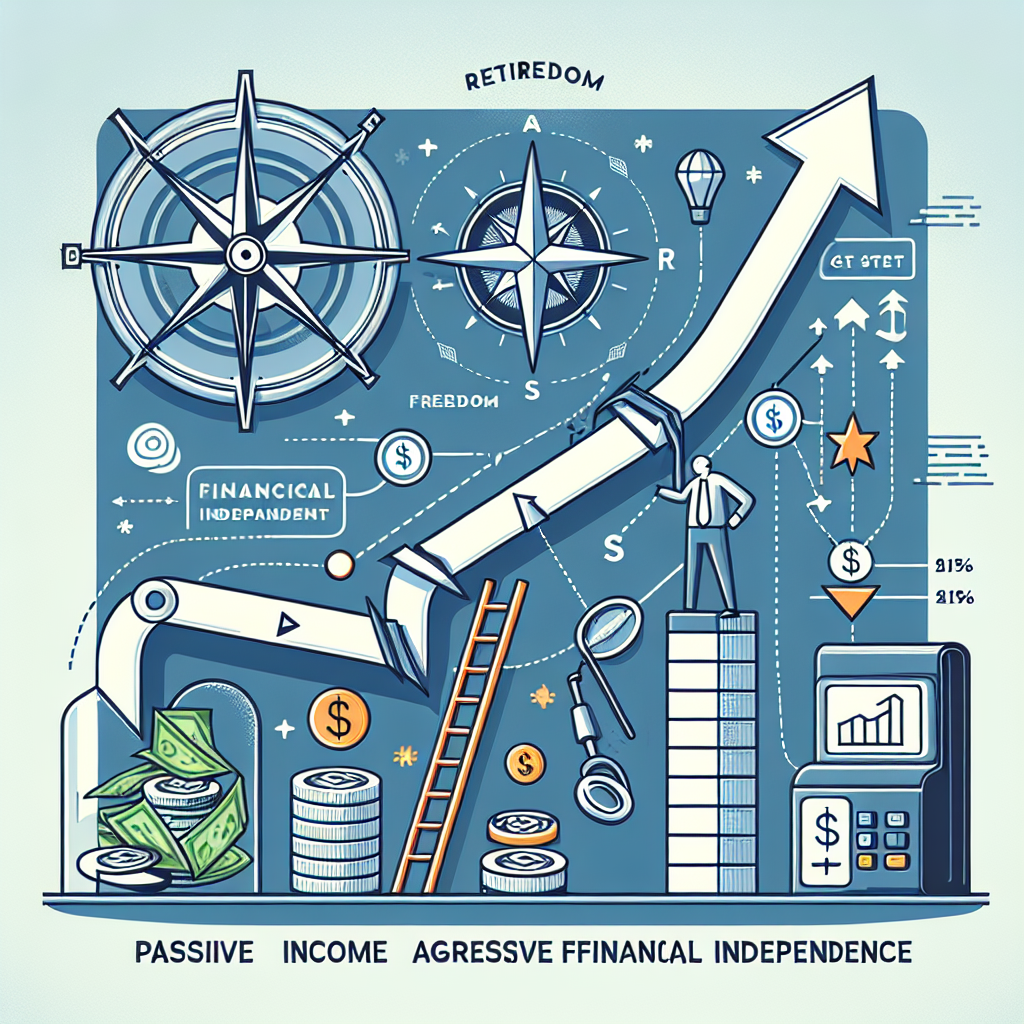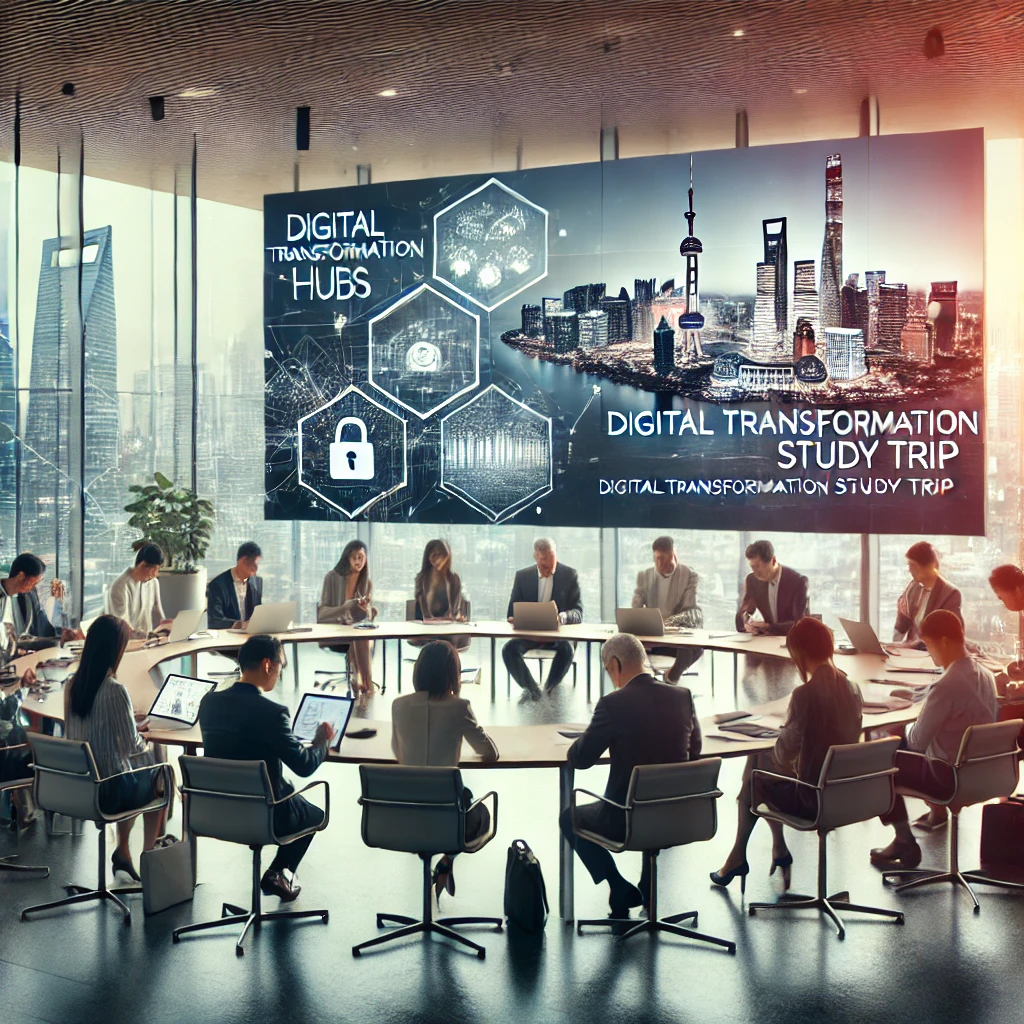
The recent study trip to Hangzhou provided an invaluable opportunity to explore innovative practices in technology and retail. It was fascinating to witness the thriving ecosystem of tech companies and their efforts in digital transformation, risk management, and e-commerce. Two companies stood out during this trip: Tongdun Holdings and Yowant (Yaowang). Each company showcased its unique approach to integrating cutting-edge technologies into their business models, highlighting key lessons in risk management, customer engagement, and leveraging digital platforms for growth.
Tongdun Holdings impressed us with its use of big data and AI in providing intelligent risk control and decision-making solutions. Founded in 2013, Tongdun has grown to serve over 10,000 customers worldwide, specializing in areas like fraud detection, credit risk assessment, and anti-money laundering. One of my key takeaways was how the company blends advanced technology with a startup mentality, constantly pushing for innovation with a sense of urgency.
One notable aspect of Tongdun’s approach is its credit scoring models. These models use data points such as loan history, payment behavior, and even social credit to assess individual creditworthiness. Moreover, their risk scoring models incorporate user behavior, device characteristics, and geolocation data to detect and prevent fraud in real-time. The company’s ability to adapt its solutions for various markets, taking into account geopolitical and economic factors, was particularly insightful.
The emphasis on people practices stood out as a critical factor in their success. Despite challenges in hiring talent that combines technical expertise, language proficiency, and cultural fit, Tongdun invests heavily in internal talent development. Their commitment to agile methodology and bi-weekly iterations enables rapid deployment and improvement of solutions, especially in their SaaS and API-based products. This adaptability is crucial in an industry where fraudsters are constantly evolving, and staying ahead is key to maintaining a competitive edge.
From the visit, a key learning point was the difference in business culture between B2B and B2C companies. B2B businesses, like Tongdun, require relationships with government officials and banking clients, whereas B2C companies can be more casual and iterate faster. Embracing change and reorganizing structures based on business demands are key to their leadership style.
The visit to Yowant (Yaowang) was equally enlightening, providing a glimpse into the future of retail. As a global leader in social e-commerce, Yowant connects international brands with influential KOLs (Key Opinion Leaders) and celebrities to drive engagement and sales. The company’s innovative business model revolves around a live streaming ecosystem, allowing brands and influencers to promote products 24/7.
One of the most intriguing aspects of Yowant’s model is its ability to merge the online and offline retail experience. The Yowant X27 Theme Park in Hangzhou is a unique 24/7 consumer complex that allows influencers to livestream, while visitors can explore various brands in a beautifully decorated setting. This integration of "digital-reality" experiences creates a win-win situation for both the brands and the influencers. During our visit, we observed how influencers could select products they wish to promote in their livestreams, offering a level of flexibility and creative autonomy that traditional retail models cannot match.
However, it was also evident that this model comes with its challenges. Despite the innovative approach, the physical mall suffered from low foot traffic, primarily due to its remote location. This highlights the delicate balance between the online shopping trend and the in-person experience, especially in a market where consumers primarily make purchases online but seek experiences during their offline visits.
My key takeaway from this visit is that Yowant's model represents the future of retail, combining online streaming with offline experiences. While it may not be directly applicable to markets like Singapore due to space constraints, it has the potential to disrupt traditional retail businesses. For example, live streaming furniture assembly could revolutionize businesses like IKEA, merging the convenience of online shopping with the immersive in-person experience.
Reflecting on this study trip, several key lessons stood out:
-
Embrace Change: Both companies demonstrated the importance of embracing changes in technology and market dynamics. Tongdun constantly innovates to stay ahead of fraudsters, while Yowant adapts to the latest trends in e-commerce and influencer marketing.
-
Focus on Talent: Tongdun's struggle to find talent that combines technical skills, cultural fit, and international language proficiency underscores the global challenge of building high-performing teams in tech-driven industries.
-
Customer-Centric Approaches: A customer-first mindset was evident in both companies. Tongdun's real-time risk detection solutions and Yowant's flexible live streaming environment cater to evolving customer needs, demonstrating the importance of agility in today's market.
-
Blending Online and Offline Experiences: Yowant's innovative approach to blending online live streaming with offline experiences offers a glimpse into the future of retail, where creating engaging experiences for consumers is just as crucial as the products themselves.
Overall, the Hangzhou study trip was an eye-opening experience, providing insights into the intersection of technology, commerce, and customer engagement. It reinforced the notion that innovation, adaptability, and a focus on customer needs are essential for thriving in the fast-paced digital economy.


 女士們先生們,歡迎返嚟我哋嘅頻道!今日,我有一個嘅話題要同大家分享——點樣建立一個充實又有意義嘅職業生涯。
女士們先生們,歡迎返嚟我哋嘅頻道!今日,我有一個嘅話題要同大家分享——點樣建立一個充實又有意義嘅職業生涯。 大家好,歡迎回到我哋嘅頻道!今日我哋要同大家深入探討一本好有趣嘅書,呢本書為我哋提供咗一種新嘅視角,講俾我哋知點樣喺呢個變化好快嘅世界中茁壯成長。呢本書嘅書名係《個人時代 - 不能只是去做 重點是你「想」點樣做!》,作者係宋吉永。英文書名可以翻譯成《The Personal Age - It's Not Just About Doing; It's About How You Want to Do It!》。相信我,真係一本好吸引嘅書。
大家好,歡迎回到我哋嘅頻道!今日我哋要同大家深入探討一本好有趣嘅書,呢本書為我哋提供咗一種新嘅視角,講俾我哋知點樣喺呢個變化好快嘅世界中茁壯成長。呢本書嘅書名係《個人時代 - 不能只是去做 重點是你「想」點樣做!》,作者係宋吉永。英文書名可以翻譯成《The Personal Age - It's Not Just About Doing; It's About How You Want to Do It!》。相信我,真係一本好吸引嘅書。 大家好呀!歡迎返嚟我哋個頻道,我哋會深入探討財務自由同智慧理財嘅話題。今日我哋要探討一個非常合適而且對我哋財務健康好重要嘅話題——點樣通過被動收入嚟實現財務獨立。呢個靈感來自Rachel Richards嘅深度書籍《被動收入、積極退休》(Passive Income, Aggressive Retirement)。
大家好呀!歡迎返嚟我哋個頻道,我哋會深入探討財務自由同智慧理財嘅話題。今日我哋要探討一個非常合適而且對我哋財務健康好重要嘅話題——點樣通過被動收入嚟實現財務獨立。呢個靈感來自Rachel Richards嘅深度書籍《被動收入、積極退休》(Passive Income, Aggressive Retirement)。
 "嘿,大家好,歡迎返嚟我嘅頻道!今次,我哋會探討一個好有趣又好重要嘅話題——我哋嘅大腦點樣學習嘢。我哋會深入研究斯塔尼斯拉斯·德哈內嗰本書《我們如何學習:為什麼大腦比任何機器都學得更好……目前為止》嘅見解。如果你對高效學習有興趣,想揭開背後嘅神經科學,咁就繼續睇落去,呢條影片就係為你準備嘅!
"嘿,大家好,歡迎返嚟我嘅頻道!今次,我哋會探討一個好有趣又好重要嘅話題——我哋嘅大腦點樣學習嘢。我哋會深入研究斯塔尼斯拉斯·德哈內嗰本書《我們如何學習:為什麼大腦比任何機器都學得更好……目前為止》嘅見解。如果你對高效學習有興趣,想揭開背後嘅神經科學,咁就繼續睇落去,呢條影片就係為你準備嘅!